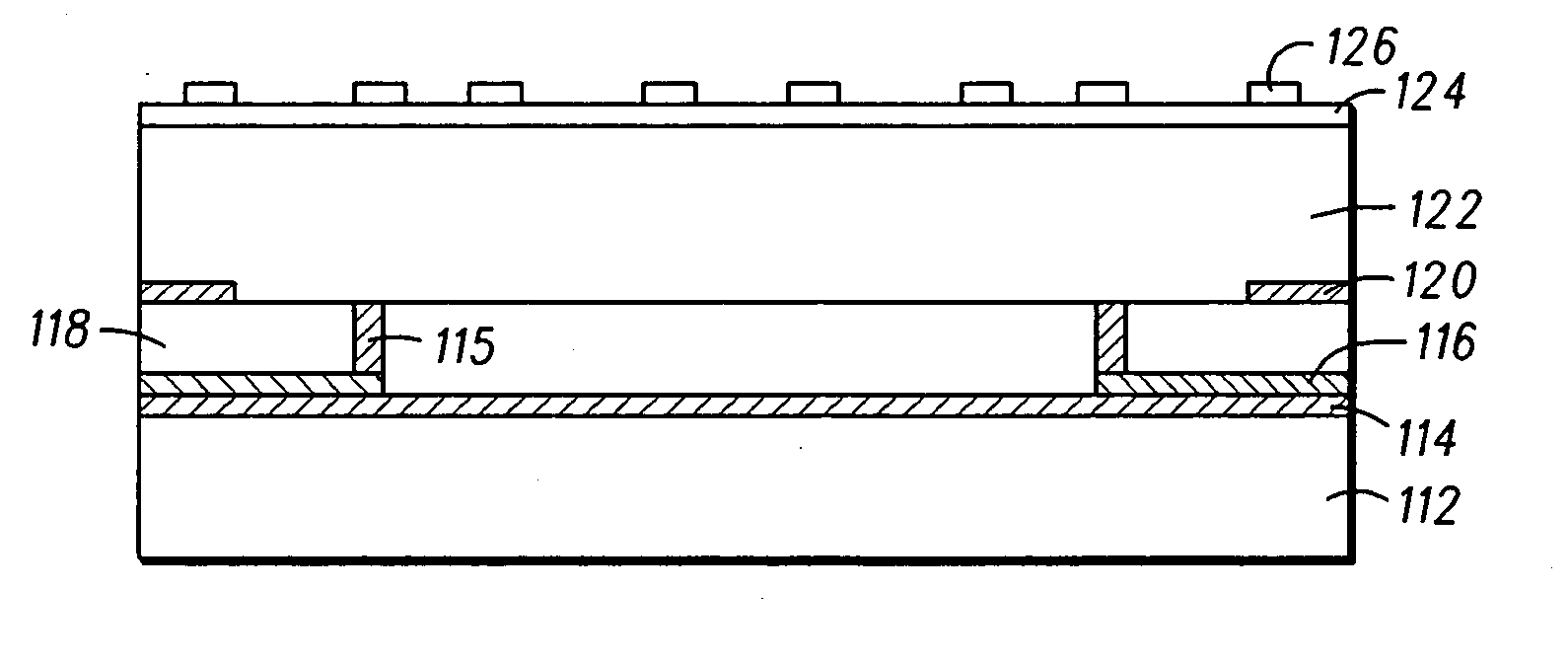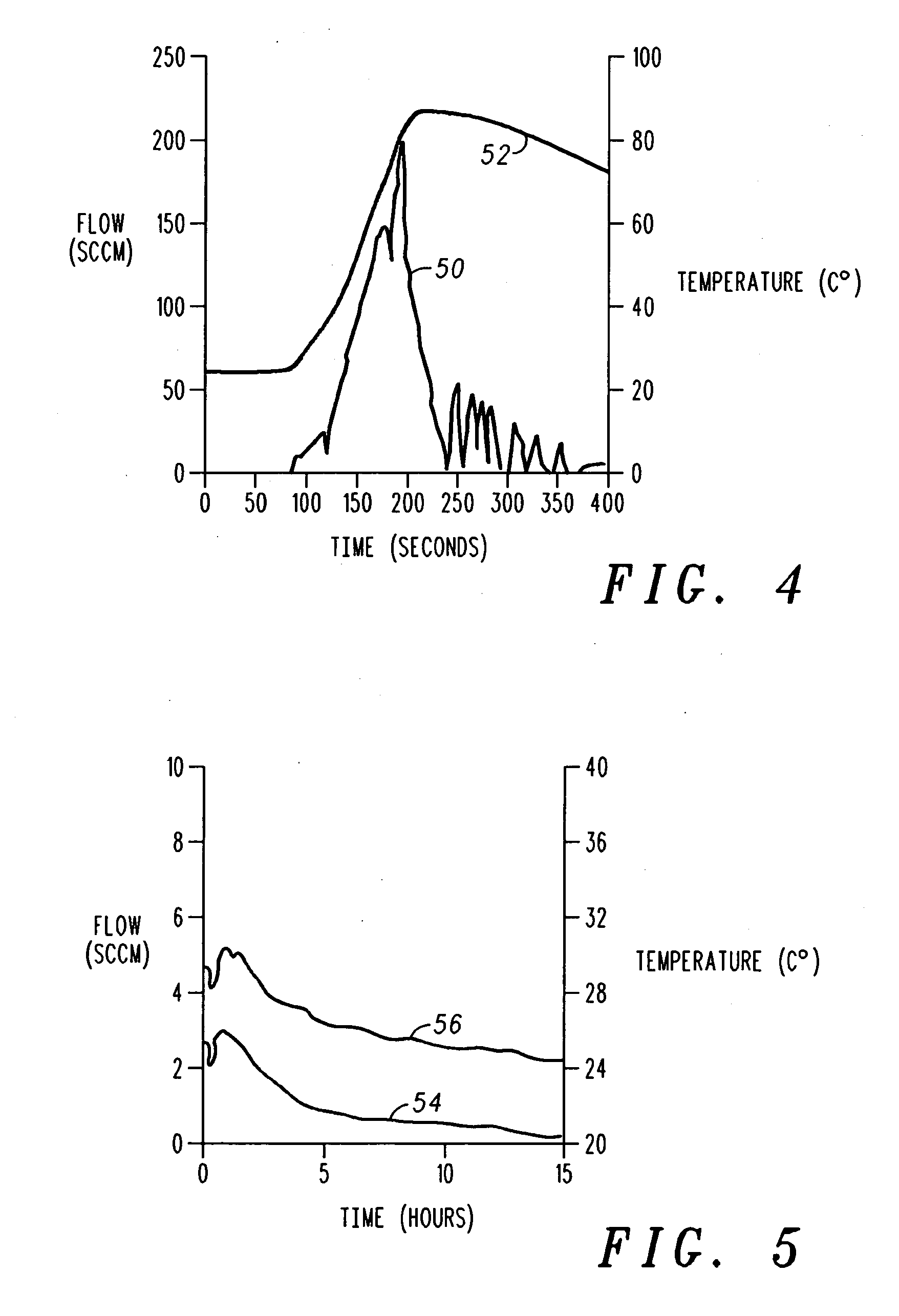Hydrogen supply for micro fuel cells
a fuel cell and micro-fuel technology, applied in the field of micro-fuel cells, can solve the problems of limited energy stored in the battery, major inconvenience of the battery, and limited amount of stored energy
- Summary
- Abstract
- Description
- Claims
- Application Information
AI Technical Summary
Benefits of technology
Problems solved by technology
Method used
Image
Examples
Embodiment Construction
[0019] The following detailed description of the invention is merely exemplary in nature and is not intended to limit the invention or the application and uses of the invention. Furthermore, there is no intention to be bound by any theory presented in the preceding background of the invention or the following detailed description of the invention.
[0020] A high energy density fuel source and controlled delivery of the fuel for a micro-fuel cell is described herein. Water is stored in super adsorbent polymer crystals, or a hydro gel material, within a plurality of chambers. Each of the chambers are selectively “opened” so the water may migrate and mix with a solid fuel to provide hydrogen at a low temperature and at a low rate to a micro-fuel cell. The fuel is dense and compact, thereby conserving space, and the water is conveniently packaged for long term storage. The choice of the fuel (solid fuel source), the other reactant (which is water) in a convenient form (adsorbed in a poly...
PUM
 Login to View More
Login to View More Abstract
Description
Claims
Application Information
 Login to View More
Login to View More - R&D
- Intellectual Property
- Life Sciences
- Materials
- Tech Scout
- Unparalleled Data Quality
- Higher Quality Content
- 60% Fewer Hallucinations
Browse by: Latest US Patents, China's latest patents, Technical Efficacy Thesaurus, Application Domain, Technology Topic, Popular Technical Reports.
© 2025 PatSnap. All rights reserved.Legal|Privacy policy|Modern Slavery Act Transparency Statement|Sitemap|About US| Contact US: help@patsnap.com



